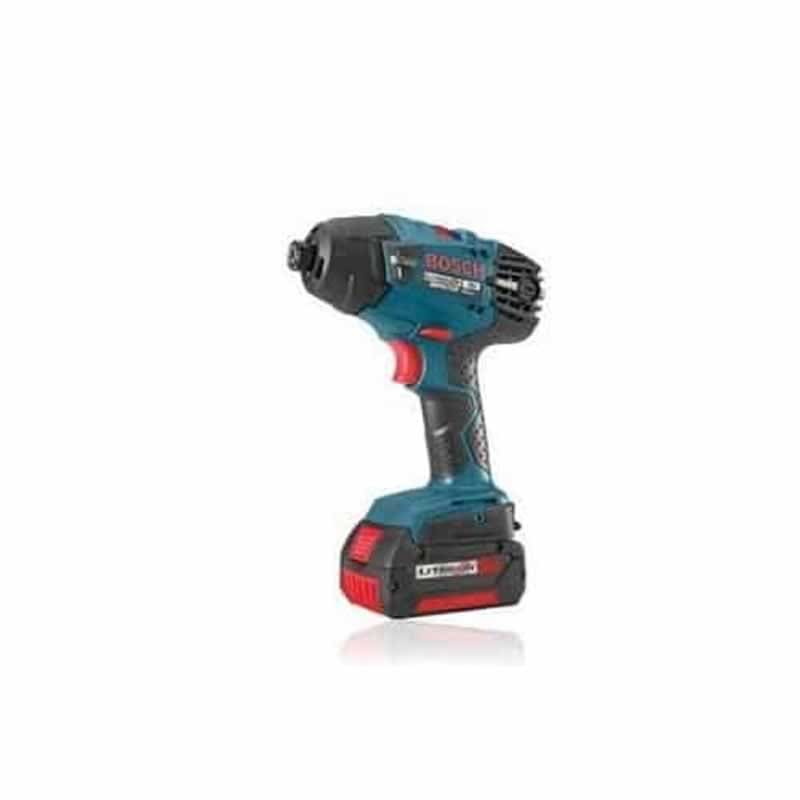Cooking is a difficult art to master. While knowing how to choose the right kind of ingredients and flavor combinations is of the utmost importance, you must also possess the right tools and instruments that can help elevate your cooking skills. One such tool is a chef’s knife. You can find different kinds and styles of chef’s knives, which makes choosing one even more difficult. If you wish to improve your cooking skills, pay attention to your chopping techniques and the knives you use as they can make a major difference.

This guide will teach you how to pick a chef’s knife like a pro.
Scrutinize the Blade’s Sharpness
The blades of knives are available in different materials and construction styles. With a proper blade, you can expect better finishing and texture of the ingredients. In turn, this will affect the final cooking results as well. For the blade, choose a knife made with stainless steel instead of carbon steel as it prevents stains. Moreover, stainless steel is less prone to corrosion, thereby enhancing its durability and performance. You should also check the type of stainless steel alloy that is used to make the blade in a knife. It can either be checked on the etching of the blade or the manufacturer’s website. Lastly, do not confuse ‘high carbon’ with carbon steel as the former is sharper and harder.
Consider Your Purpose
Consider the type of cooking and cutting you do to pick the best knife. What kind of technique do you use when chopping your vegetables? Do you prefer slicing or chopping the ingredients? This is particularly important if you are buying just one knife instead of an entire set. The knife you pick should serve all purposes and work efficiently. If you do more chopping, get a knife with a broader blade. On the other hand, get a knife with a narrower blade to achieve better slicing results.
Analyze the Material
The type of material used in the blade and handle of a chef’s knife is also an important factor of consideration. This will also decide the price of your chef’s knife. If the handle and blade are made of cheap materials, you will instantly notice the difference in results. The craftsmanship, details, and treatment of the blade will also determine the price of the knife. Instead of choosing a plastic handle, go for a wooden one as it will be sturdier.
Weigh the Knife
While some chefs prefer using a lighter knife to chop and slice food more quickly, others choose to use heavier knives for more control. In the end, it boils down to your needs and preferences. As the experienced chefs at vertoku.com recommend, you should choose a knife that suits your needs. There is no right and wrong when it comes to picking a knife based on its weight. It should just feel right in your hands and help you cut or chop with ease. Hold it in your hand, and check whether or not you are able to maneuver it smoothly.

Look for Balance
The knife you pick should also be held properly in your palm. This can be adjusted by checking the balance of different knives and picking one that feels the best in your hand. The perfect balance also comes with a proper grip provided by the knife’s handle. If it feels heavier either towards the blade or the tail point of the knife, it may not have the ideal balance. Along with the straight balance, check the side-to-side balance as well. As you keep your grip on the handle and work in the forward direction towards the blade, make sure that the knife feels stable and balanced.
Conduct a Test
Lastly, take a test by looking, holding, and using the knife of your choice. Even if you find the right size and grip, you may not be able to determine your knife’s performance until you use it. You can also understand if the knife is feeling slippery or not by holding it firmly in your palm. Some basic tests involve dicing an onion, mincing parsley, stripping carrots with the julienne cut, carving a melon, and slicing a pumpkin or winter squash. If the edges are too rough or too sharp, the knife will feel uncomfortable in your hands.
When buying a chef’s knife, you must understand the anatomy of the tool and know what every part is called. A chef’s knife consists of a handle, heel, bolster, edge, and spine. Once you learn how to pick and use a chef’s knife, you should learn how to sharpen it as this will majorly affect the end results.






